
Range Rover Estate (2013-2021) verdict
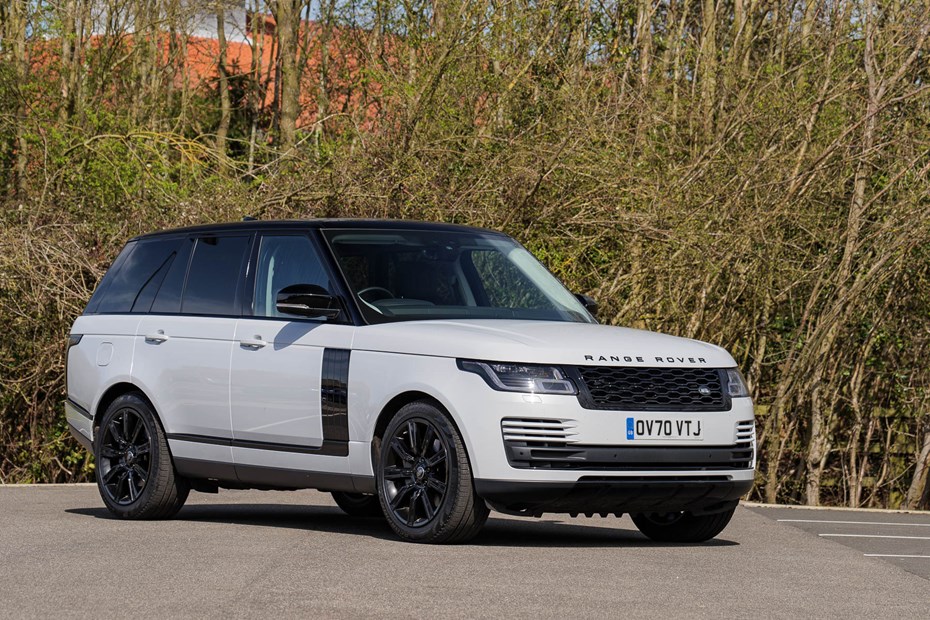
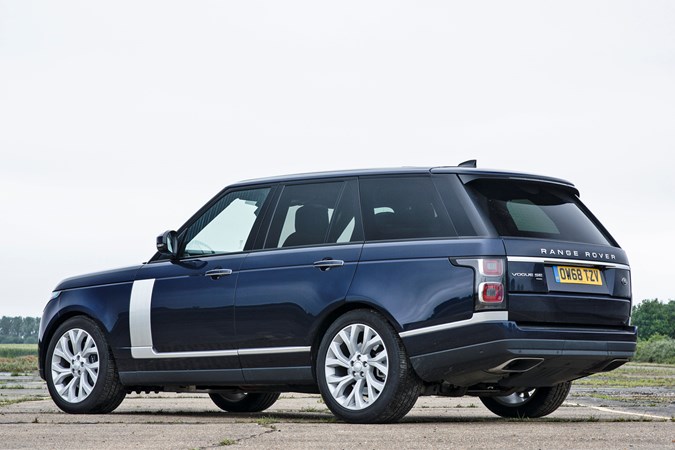
Should you buy a Range Rover?
Land Rover’s flagship model has an appeal that’s difficult ignore. It used to be described as the Rolls-Royce of SUVs, seeing as that marque now has its own – the Cullinan – and Bentley also produces an SUV in the form of the Bentayga, the Range Rover’s not even at the top of the luxury off-roading tree.
However, that overlooks many factors, not least the rightness of the Range Rover in countryside settings and its ability to traverse terrain that would put off anyone but goats, sheep and Land Rover Defender drivers.
Additionally – and subjectively – climbing about and luxuriating in the surroundings of a Range Rover feels more special than in a Bentayga. Yes, there’s quality craftsmanship in the Bentley, but there’s also a lot of buttons and switches lifted straight from various Audis. Yes, some of the Range Rover interiors look gauche in their more lurid colour schemes, but in the main there’s a self-assured status to the more traditional interiors that’s also easy to use.
These are cars for people who know they’ve made it and want to quietly indulge in their status. The Rolls-Royce? Finer and more exclusive inside, certainly, but given it’s triple the Range Rover’s price, it’s not a direct competitor.
So what of the Audi Q7, BMW X7 and the Mercedes-Benz GLS? All are built beautifully, have a wealth of high-end technology that makes the Range Rover’s look less Apple and more Amstrad, plus they have significantly better reliability records. They are good cars and we can understand why you’d buy one.
But the Range Rover’s blessed with that intangible X factor – it feels more special, you feel imperious driving one and whether you turn up at Ascot or Asda it requires no explanation or apology. As luxury SUVs (under £100,000) go, this is as good as it gets.
What we like
Despite being on sale since 2013, the Range Rover is still as refined and comfortable as before. The cabin remains hushed and the latest engines and tech have only kept the luxurious SUV up to date. Equipment levels remain generous on all models and you wouldn’t feel left out in the entry-level Vogue model.
What we don’t like
If you can stomach the running costs and the bulk, there’s not much to dislike. Some will find the garish interior colour schemes difficult to digest, but the weakest engine choice will be the P400e plug-in hybrid.
If you can live within the means of the short battery range, your running costs can reduce dramatically, but you also have the added bonus of travelling in silence like no other Range Rover. However, travel beyond this, and you’ll quickly find the 2.0-litre engine is anything but luxurious. It may work well for some, but it’s application is limited.
Which version is best for you?
For most, the diesel makes the biggest sense. The combination of its smooth, muscular performance and palatable running costs give the Range Rover a broad depth of abilities few can match, even if the petrol V8 engines provide a much more exotic soundtrack. If you want the fastest Range Rover, the supercharged V8 P565 is the one to aim for.
As mentioned above, the plug-in hybrid P400e can work out to be the cheapest Range Rover to run, and is best suited for those who complete short journeys to maximise the battery’s electric range.
When it comes to spec choice, all models come with a high level of standard equipment. The long-wheelbase is the one to go for if you spend most of your time sat on the rear seats, especially when you can maximise the additional 192mm of legroom on offer.
Further reading:
>> How good is the slightly smaller Range Rover Sport?
>> Is the Rolls-Royce Cullinan worth spending £300,000 on? Our experts decide
>> How much is your car worth? FInd our with our comprehensive valuations tool



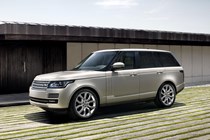

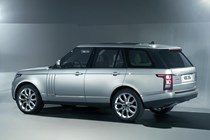
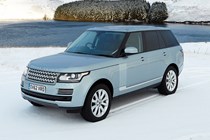
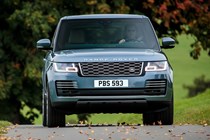
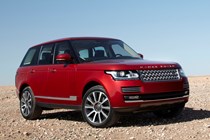
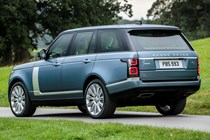
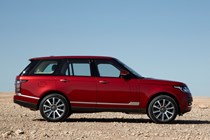
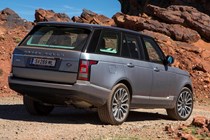
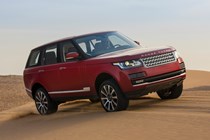
.jpg)
.jpg)
.jpg)
.jpg)
.jpg)
.jpg)
.jpg)
.jpg)
.jpg)
.jpg)
.jpg)
.jpg)
.jpg)
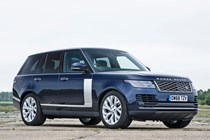

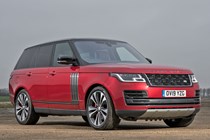
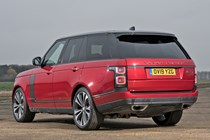
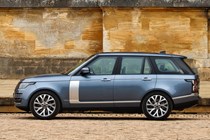
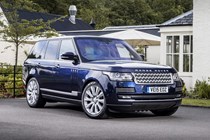

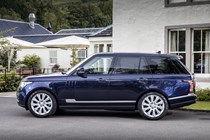
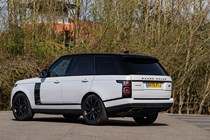

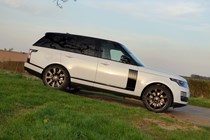

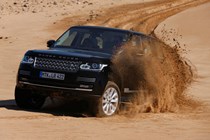

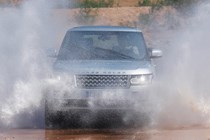
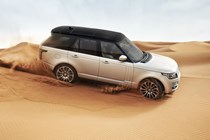
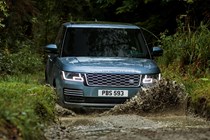
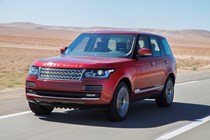
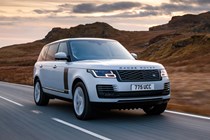
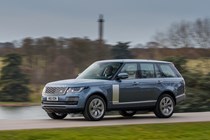
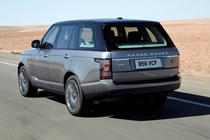
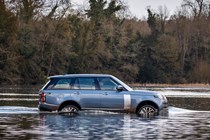
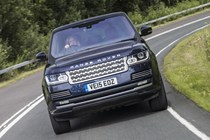

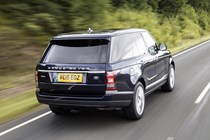
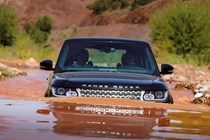
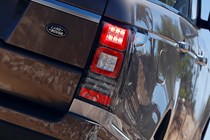
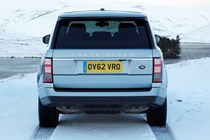
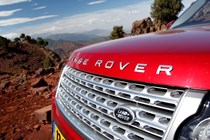
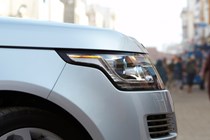
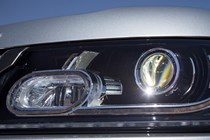

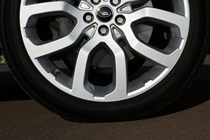
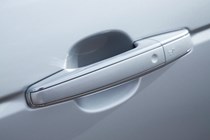
.jpg)
.jpg)
.jpg)
.jpg)
.jpg)
.jpg)
.jpg)
.jpg)
.jpg)
.jpg)
.jpg)
.jpg)
.jpg)
.jpg)
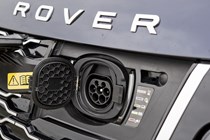
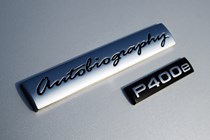
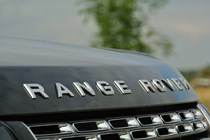
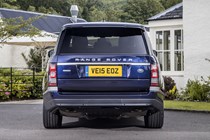
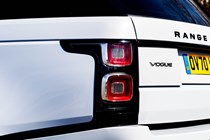
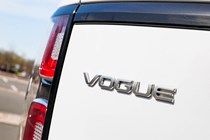
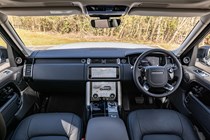

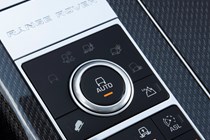
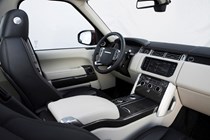
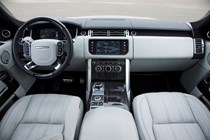
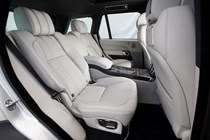
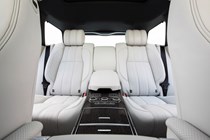
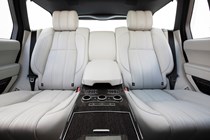
.jpg)
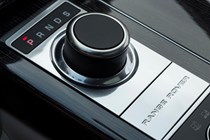
.jpg)
.jpg)
.jpg)
.jpg)
.jpg)
.jpg)
.jpg)
.jpg)
.jpg)
.jpg)
.jpg)
.jpg)
.jpg)
.jpg)
.jpg)
.jpg)
.jpg)
.jpg)
.jpg)
.jpg)
.jpg)
.jpg)
.jpg)
.jpg)
.jpg)
.jpg)
.jpg)
.jpg)
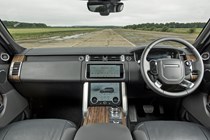
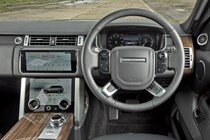
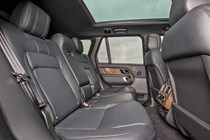


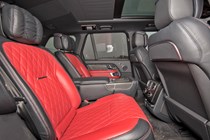
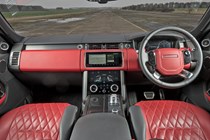

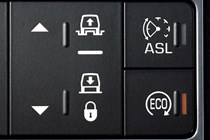
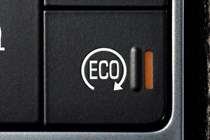
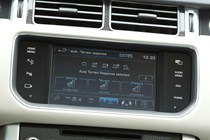

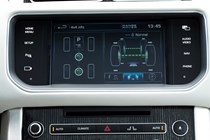
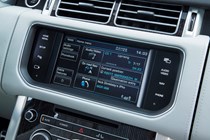
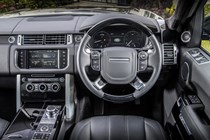
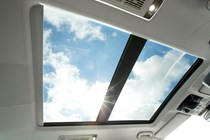
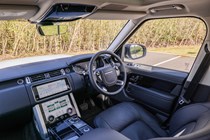
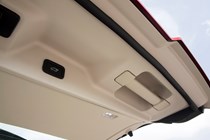
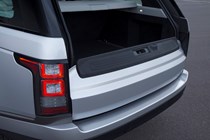
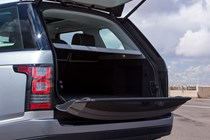
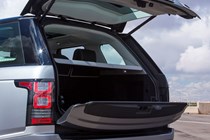
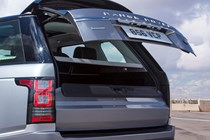
.jpg)
.jpg)
.jpg)
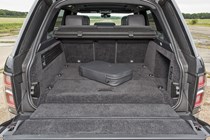

.jpg)
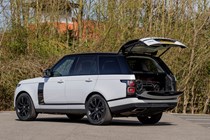
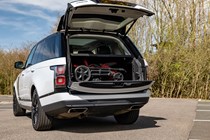
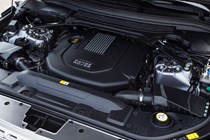
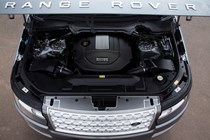
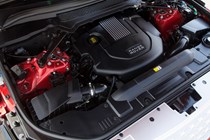
.jpg)
.jpg)
.jpg)
.jpg)
.jpg)
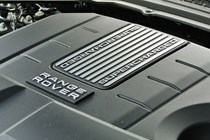
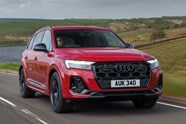
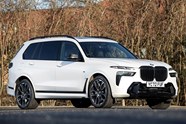












.jpg?quality=50)
.jpg?quality=50)
.jpg?quality=50)
.jpg?quality=50)
.jpg?quality=50)
.jpg?quality=50)
.jpg?quality=50)
.jpg?quality=50)
.jpg?quality=50)
.jpg?quality=50)
.jpg?quality=50)
.jpg?quality=50)
.jpg?quality=50)


































.jpg?quality=50)
.jpg?quality=50)
.jpg?quality=50)
.jpg?quality=50)
.jpg?quality=50)
.jpg?quality=50)
.jpg?quality=50)
.jpg?quality=50)
.jpg?quality=50)
.jpg?quality=50)
.jpg?quality=50)
.jpg?quality=50)
.jpg?quality=50)
.jpg?quality=50)














.jpg?quality=50)

.jpg?quality=50)
.jpg?quality=50)
.jpg?quality=50)
.jpg?quality=50)
.jpg?quality=50)
.jpg?quality=50)
.jpg?quality=50)
.jpg?quality=50)
.jpg?quality=50)
.jpg?quality=50)
.jpg?quality=50)
.jpg?quality=50)
.jpg?quality=50)
.jpg?quality=50)
.jpg?quality=50)
.jpg?quality=50)
.jpg?quality=50)
.jpg?quality=50)
.jpg?quality=50)
.jpg?quality=50)
.jpg?quality=50)
.jpg?quality=50)
.jpg?quality=50)
.jpg?quality=50)
.jpg?quality=50)
.jpg?quality=50)
.jpg?quality=50)
.jpg?quality=50)






















.jpg?quality=50)
.jpg?quality=50)
.jpg?quality=50)


.jpg?quality=50)





.jpg?quality=50)
.jpg?quality=50)
.jpg?quality=50)
.jpg?quality=50)
.jpg?quality=50)
